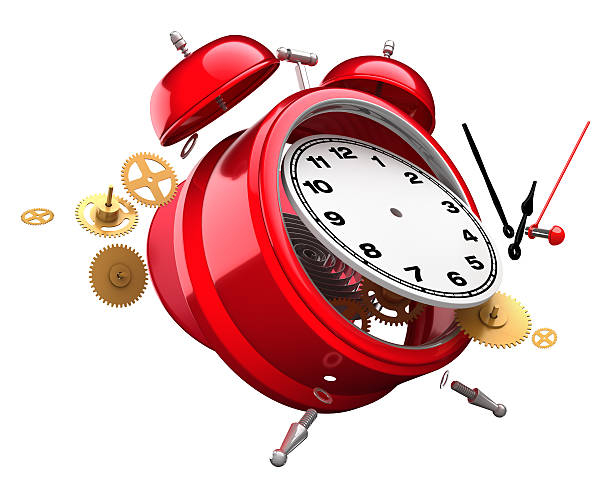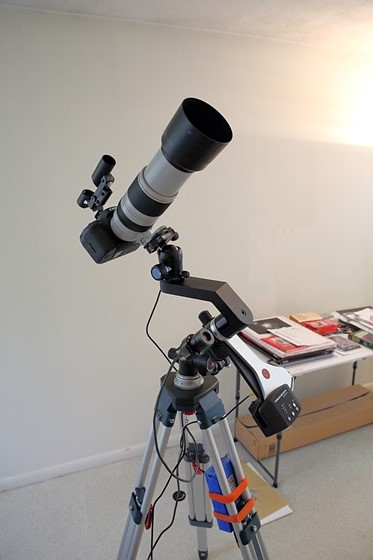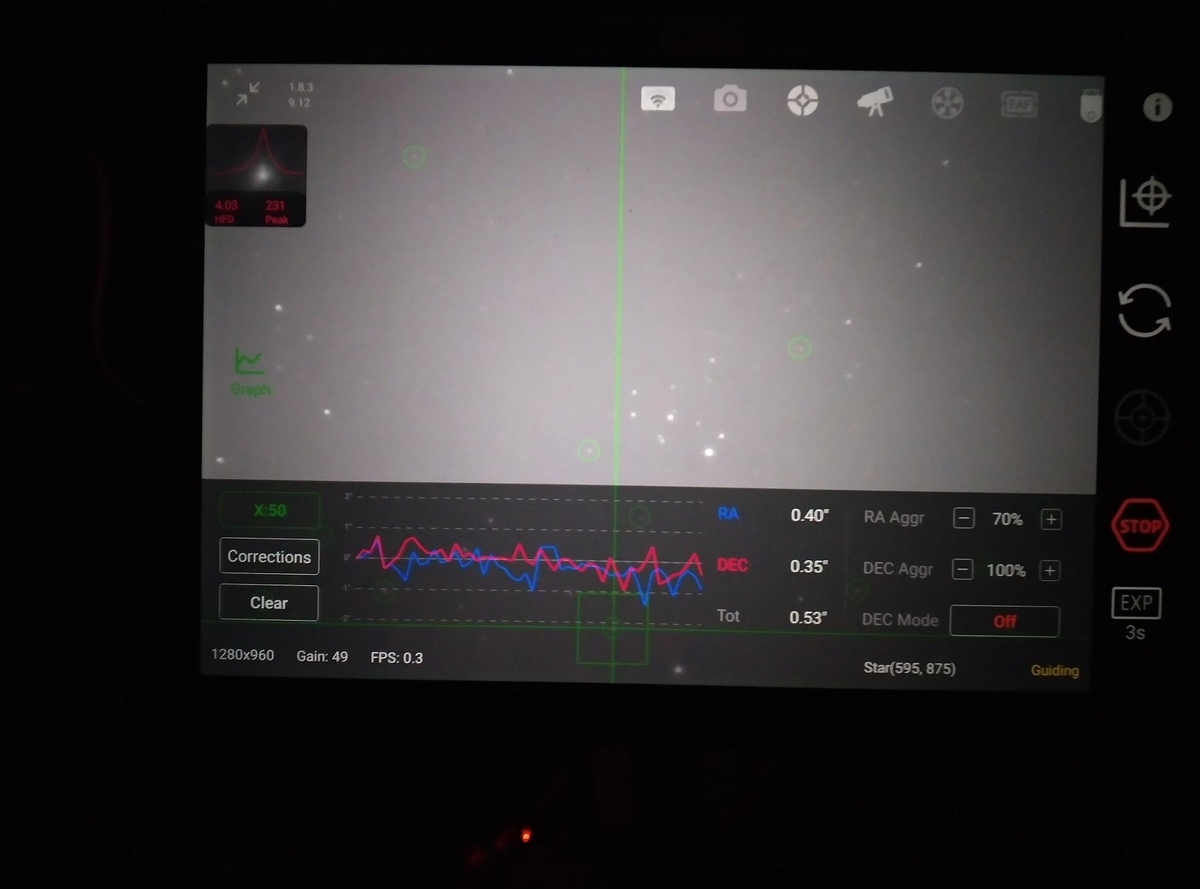I love this tracker
Background:
I rapidly progressed from a full frame DSLR wide angle on tripod, to an Omegon tracker, to a Skywatcher tracker, to a Fornax tracker and Vixen SXD2 mount
I bought the LT2 after banging my head against a wall in trying to overcome the inherent failings in a Skywatcher Star Adventurer 2.I won't go into details about that here, and I know several users are more than happy with the wobbly little pot metal box of poor tolerance gears and wheels, but I wanted something that would give better than 50% keepers on longer exposures and focal lengths, and wouldn't go out of polar alignment if I sneezed. Maybe I'm being too harsh. It worked sort of OK at shorter focal lengths and exposures, despite the apparent quality of manufacture.

Better gears than my SWSA
So, my thoughts, impressions, and stream of consciousness ramblings on the LT2:
First up, it isn't cheap. Probably because it's well made and highly accurate. But that comes at a price. And the associated Fornax wedge is too expensive in my opinion, but it works. All in, for the money I've spent on the rig and accessories, I could have bought a HEQ 5 Pro, and had Go-to, but I travel out into the desert so need a relatively quick and portable set up. Plus my previous Skywatcher experience had put me off the idea of cheap Chinese mounts and tuning.
The LT2 uses a 30 degree sector arm to give the equivalent of a very large diameter drive hub, together with a friction drive wheel and electronic wizardry to track at a claimed 2 arc second PE or better. More on that later. It can rotate through ~ 30 degrees before it reaches the travel limit, which is just less than 2 hours of exposures. It also runs off a 12V supply. These are frequently cited by paid product promoters sorry 'Youtube Astro Influencers' as drawbacks and reasons to place their free samples higher in the rankings, which is incorrect IMO.

The 12V is easy, either run from a 12V supply, an ASIAir or a 10,000 mA battery bank with a USB 5.5 -12V converter like I do (it draws very little current when tracking)
The apparent time limitation on tracking is easily addressed with a panoramic head. As the LT2 approaches the tracking stop, turn it off, release the pano head, reset the sector arm, re-tighten the pano head, check framing, check focus, then start tracking for another 2 hrs. Takes 5 minutes or less
Polar alignment.. well, i went through a few iterations before I got this nailed. I started with a polar scope and collimator adaptor. This worked fine but would take me 20 minutes to set up and dial in each time. I did consider a Polemaster but this required a PC, and I wanted to keep it simple. Plus the name 'Polemaster' sounds a bit like a strip-joint nightclub star, not that there's anything wrong with that I suppose.
I already had an ASI Air Pro but didn't realise that I could use the AAP software PA routine with the 30 degree rotation limit of the LT2. It asks for 60 degrees but guess what, I decided to give it a go one evening and it worked perfectly. Here's how: Set up, level, +/- 5 degrees of north using a compass (the limit of the adjusters in the wedge). With the tracker off, use the main camera for PA using the AAP plate solve process. Switch on, rotate 30 degrees, switch off, complete PA. It's that simple. I can get better than 1 arc minute every time, and because I am using the camera rotational axis rather than the polarscope outrigger, there's no cone error.
I can use the LT2 two ways. For shorter focal length stuff on visible targets, Milky Way etc, get it polar aligned, don't bother with guiding, use a red dot finder, get to work. Rock solid tracking, every frame a keeper unless the conditions change.
Targeting of DSO's at longer focal lengths was a bugbear though. Using a red dot sight, I would star hop, then fish around in the dark taking photos to see if I was on target, then mess around with the RA and Dec adjustment for a while trying to center the target in the frame, and just forget it for dim DSO's, it was like blind darts interspersed with occasional yelling at the sky.

BUT THEN Enlightenment. The ASI plate solve and DSO annotation functions completely transformed my targeting. Get it roughly pointed, plate solve, enter the values in an android spreadsheet, rotate the RA and Dec pan heads the required angles, plate solve and find the target in frame. I now use a worm gear Dec head to allow fine adjustment to center targets. I can be on point in a few minutes.
Counterbalancing. I've seen videos on youtube by Fornax users with the most ridiculous assemblages of ball heads, extension arms, DSLR's and 400mm photo lenses that must weigh 5 kilos mounted precariously above the center spindle. Accident waiting to happen is all I can say. As the mount tracks the center of mass will move away from the pivot and place increasing strain on the drive wheel and motor, resulting in poor guiding, stalling or slippage, and there's always a risk that the moment will 'unwind' the ball head at the mount screw and dump your gear off to one side

I'm a Structural Engineer. Trust me, this isn't a good idea[b] [/b]
(Image courtesy of internet)
Where was I? Ah yes, counterbalancing. I baulked at the ridiculous pricing of the Fornax counterbalance, and then ended up spending more on alternative arrangements. Such are life's lessons in astrophotography. I now use a Star Aventurer dec head and counterbalance weight on a vixen clamp adaptor with a panohead. Works fine, need to shim the spacing to make sure the counterweight clears the LT2 controls. I like the worm gear Dec adjuster, I use this for manual dithering.
I would strongly recommend a counterbalance arm if you are mounting anything more than a APS-C camera and short lens. Easier to target, track, balance.
Tripod:
The tracking capabilities of the LT2 are completely wasted if you plonk this on a photo tripod with a center pole. I saw the set up above, which uses a Bosch survey tripod, and thought 'now here's an opportunity to reduce the average spending to date'. I bought the heavy duty version for about 60 pounds. You need to remove the center adaptor screw and fit a 3/8 x 16 bolt and plate to mount the wedge. It's rock solid. Way better than my Benro. So, what does this get us? Here's an AAP screen shot:
[url=ipsAttachLink ipsAttachLink_image=https://stargazerslounge.com/uploads/monthly_2022_03/IMG_20220204_173931.jpg.c96975a099a918e70cc79d8c36d8c0c3.jpg] [/url] [/url]
I manually dither using the SWSA2 dec head and the pano head, typically every three to five frames. I find the ASI Air Pro invaluable for PA and platesolving. I love this rig for a portable holiday set up. This is what I am taking on my next trip. 533MC Pro, SY 135mm, guiding / dithering RA axis with AAP, manual dithering Dec axis with SW geared head. I have a IDAS NBZ dual narrowband for Ha/Oiii with 3 minute exposures at f2.8:

Example: Orion, 1 hour, GT71 and D5600 unmodded:
 |







 [/url]
[/url]




